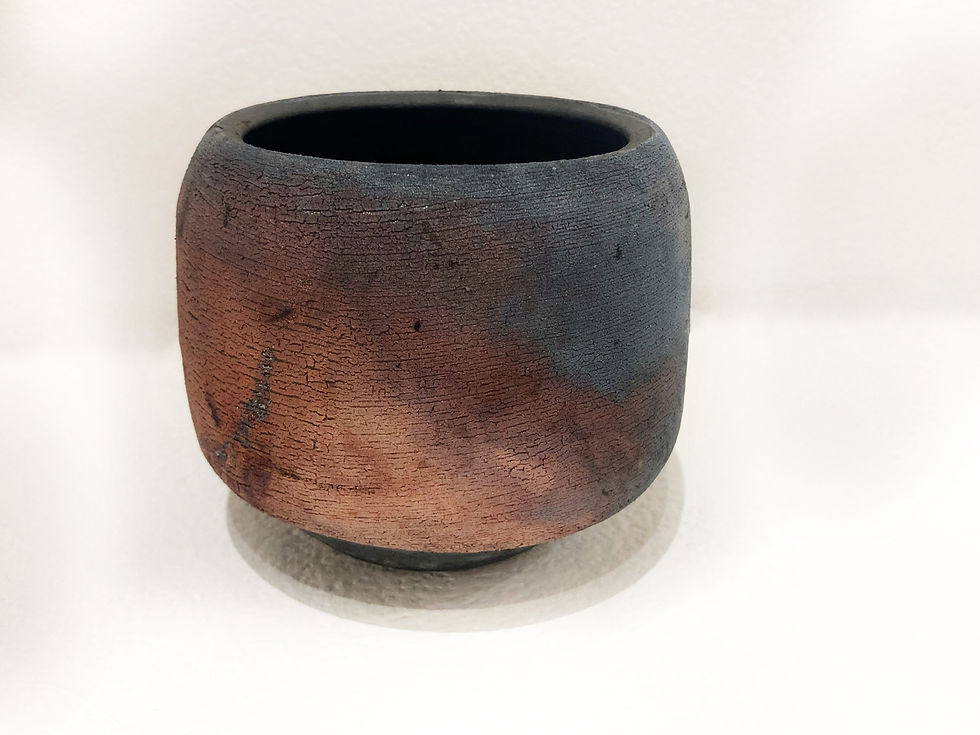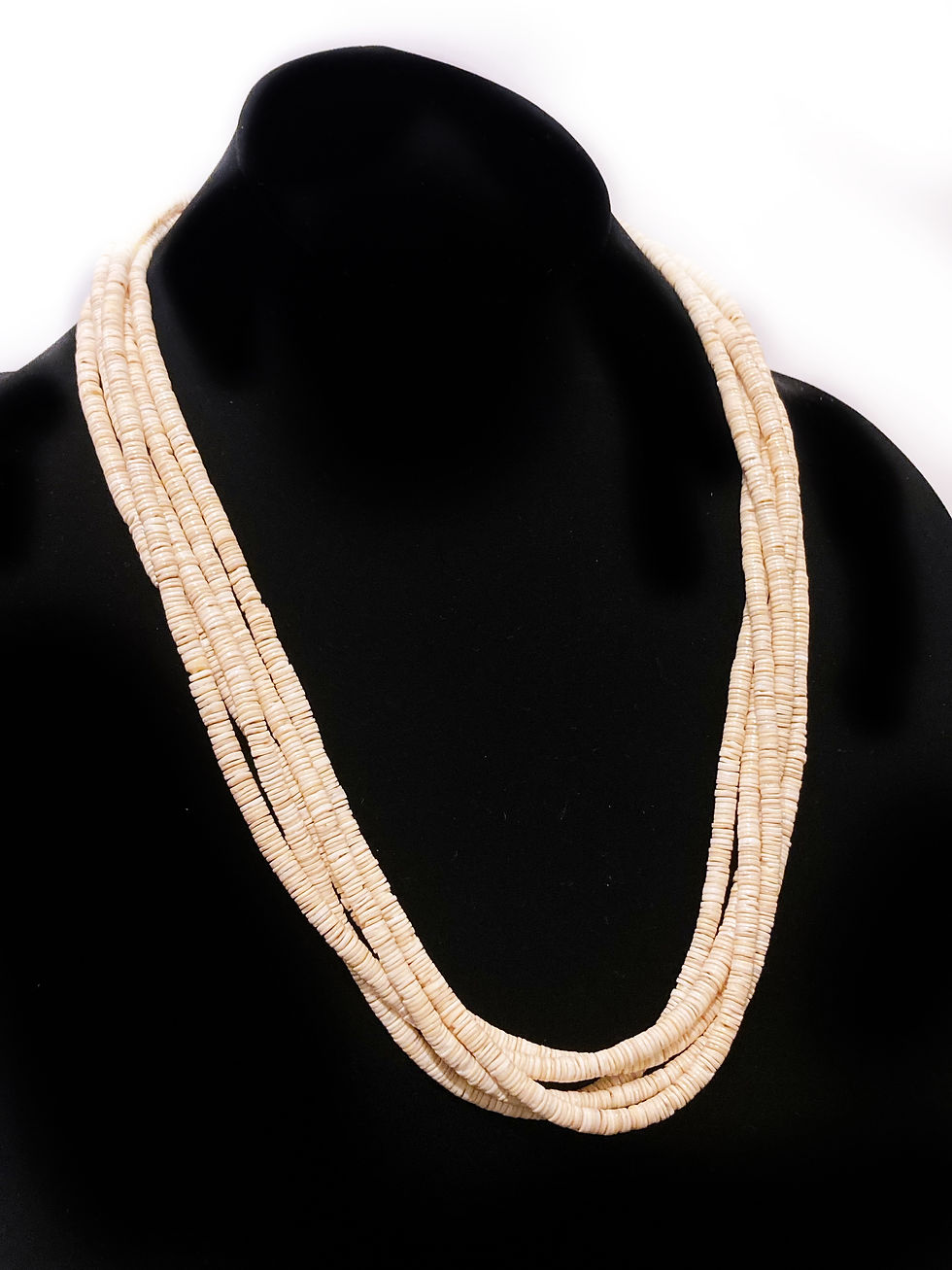"Trading Woman", 1985 | by R.C. Gorman
Artist's Edition 41/200
24” x 32” Lithograph
(70.00 x 81.28 cm)
Framed
32” x 40”
(81.28 x 101.60 cm)
Trading Woman is an Original Stone Lithograph by R.C. Gorman.
Edition
Bon á Tirer - 1
Artist's Edition (Commercial Edition) - 200
Other side editions including: Artist's Proofs, Printer's Proofs, Presentation Proof, etc are unknown.
Hallmarks
- Signed & dated in the lower left "R.C. Gorman 1985"
- Edition number and size in lower right "41/200"
- Workshop's Chop pressed on lower right Encircled "W"
Condition
- Overall Excellent condition and professionally framed.
- Colors are bright and vibrant, no signs of UV fading.
Value
- The 2009 Western Graphics Workshop suggested retail price for this work is $4,000.
- The R.C. Gorman Navajo Gallery retails this work at $4,900.
July 26, 1931 - November 3, 2005
Chinle, Arizona | Taos (Albuquerque), New Mexico
Roudolf Carl Gorman, My uncle, better known as R.C. Gorman was dubbed "The Picasso of American Indian Art" by the New York Times after participating in the MET's “Masterworks from the Museum of the American Indian” Show in 1973. He was the only living artist included in the show and his artwork was selected for both the front and back cover of the show’s catalogue.
His work spans over 5 decades and includes many mediums including pastel, lithography, serigraphy, bronze, oil, acrylic, ceramic, cast-paper, etched glass, and tapestry. His style is distinct but varied. Perhaps best known for his colorful and vibrant depictions of Native Life, particularly of Navajo, Pueblo and Hispanic Women, R.C.'s art also includes many explorations of traditional-everyday as well as ceremonial Navajo life. His work and style continuously evolved. R.C. Gorman’s art continues to be cherished throughout the world.






















